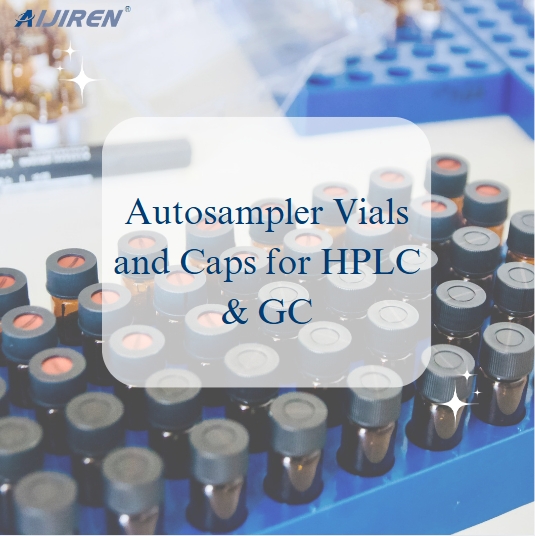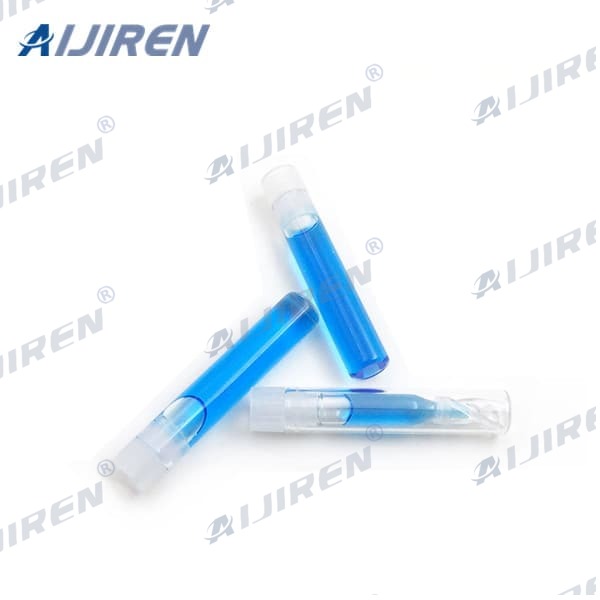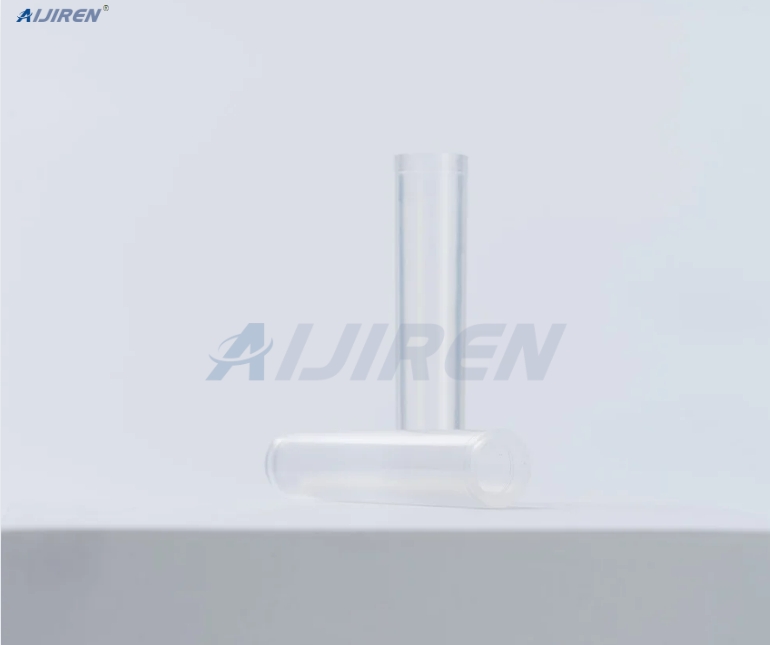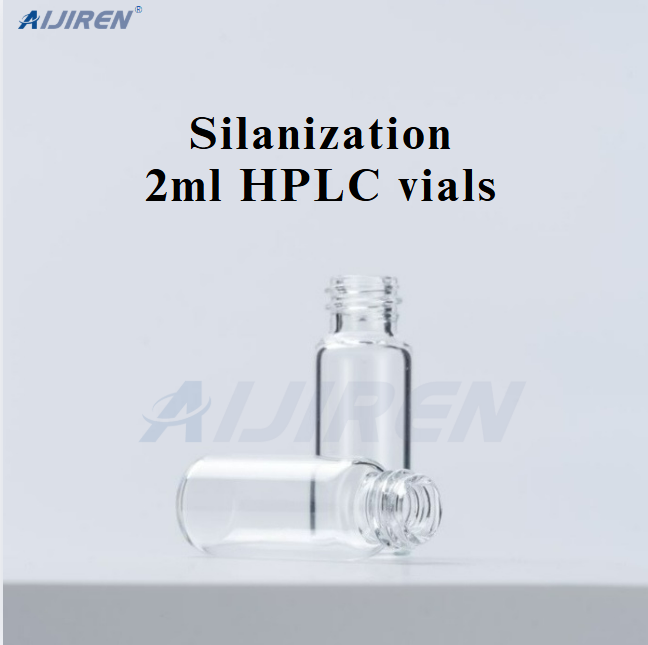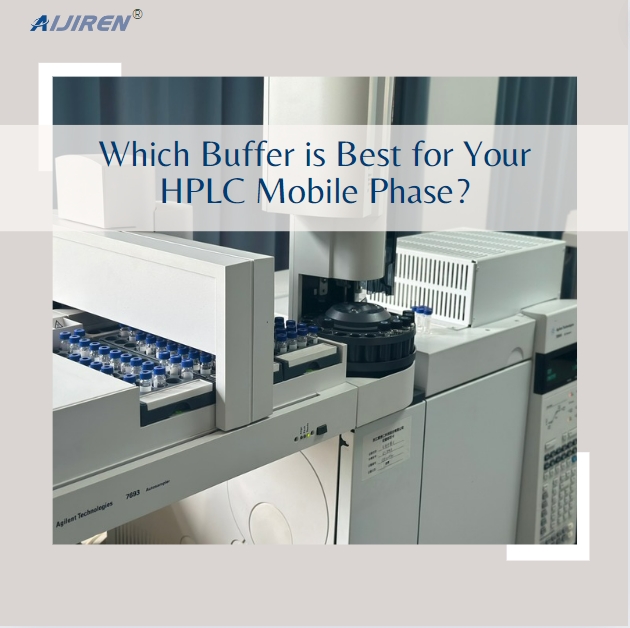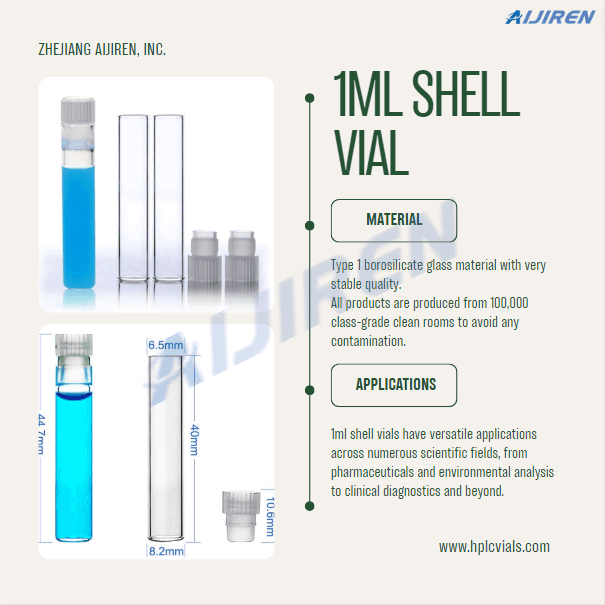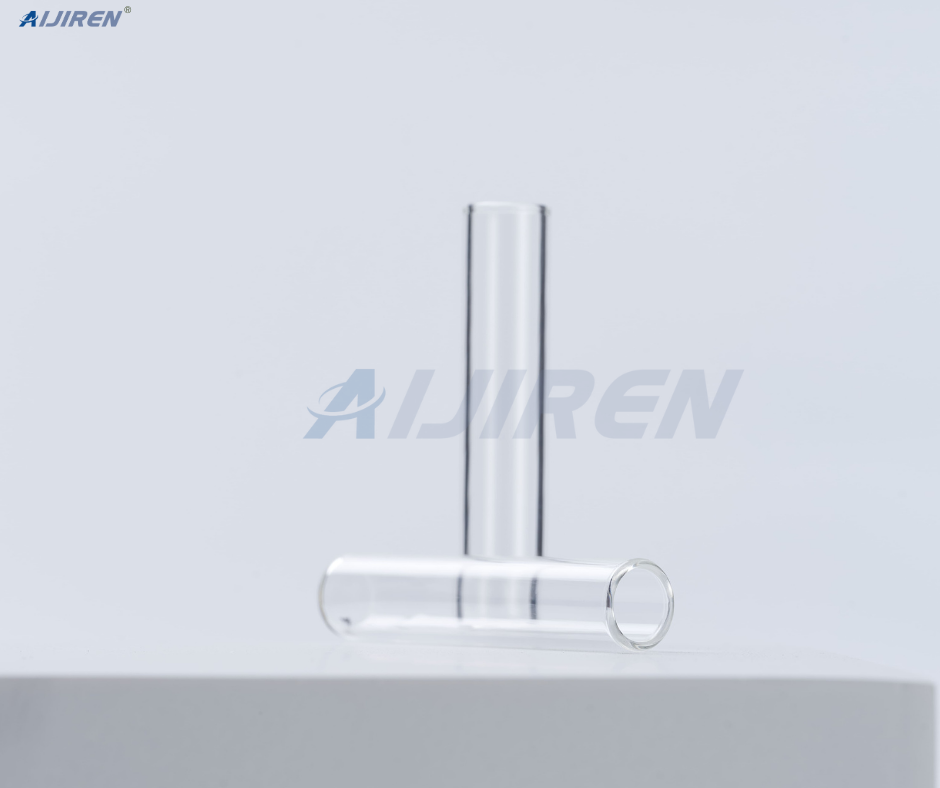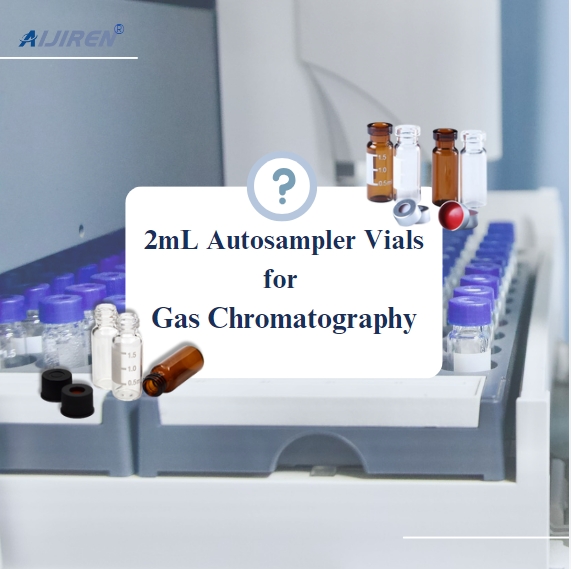Autosampler Vials and Caps for HPLC & GC: A Complete Guide
Aijiren autosampler vials are suitable for HPLC, LC/MS, GC, and GC/MS instruments and applications.
HPLC & GC Autosampler Vial Types
1. Screw Cap Vials
Screw cap vials are one of the most commonly used vials in HPLC applications. They have a threaded neck that can be easily sealed with a screw cap. They can be easily opened and closed, which is convenient for sample preparation. Compatible with most autosamplers, it increases the degree of automation in the laboratory. It is very suitable for routine analysis that requires rapid access to samples. The working temperature of the bottle is below 100℃ and the cap is below 90℃.
2. Crimp Top Vial
Crimp top vials are sealed with a crimp cap to ensure a secure closure. The position of the septum remains unchanged when the autosampler’s injection needle pierces the sample. The crimping process of the crimp top vial produces a tighter seal, which is critical for volatile samples that may evaporate. Crimp top vials are better suited for high-pressure applications because they minimize the risk of leaks under pressure. It is often used in applications that require high sensitivity or when handling volatile compounds.
3. Snap Top Vial
Snap-on vials are equipped with a snap-on cap for quick and secure closure without crimping or tightening. Snap-on vials are easy to open and close, making them user-friendly. It is usually cheaper than crimp top vials.
Snap top vials are suitable for general laboratory use where sample volatility is not a major issue.
4. Micro Vial
Micro vials are smaller sample vials designed for very low volume samples (usually less than 1 ml). Micro inserts can be used with screw cap, crimp cap, or snap cap vials. Different bottom shapes are available, including flat bottom, conical bottom, and conical bottom with poly spring.
Micro inserts maximize sample recovery and make sample removal easier when used with autosampler vials because the conical shape reduces the surface area inside the vial.

